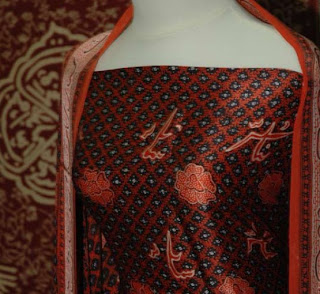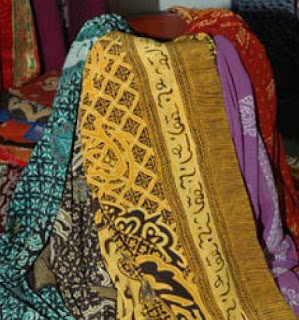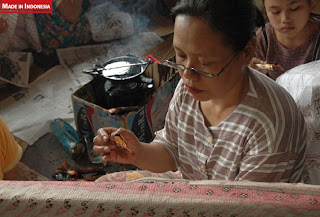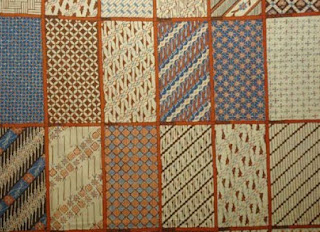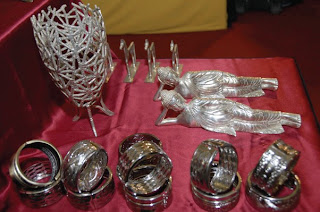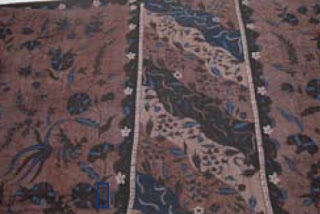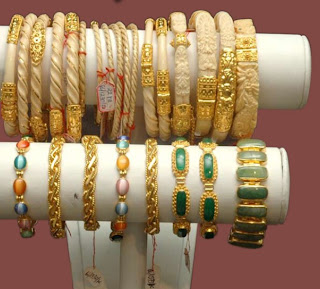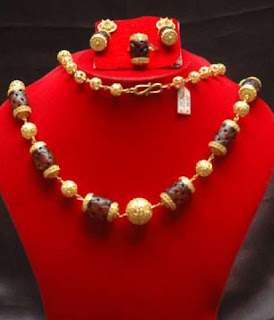 Puppet show is one of the art of Sundanese culture that until now can still survive in the midst of modern life. Even art has become a puppet show typical art Sundanese culture since centuries. But like other traditional cultural arts, cultural arts puppet show until now almost unknown origins.
Puppet show is one of the art of Sundanese culture that until now can still survive in the midst of modern life. Even art has become a puppet show typical art Sundanese culture since centuries. But like other traditional cultural arts, cultural arts puppet show until now almost unknown origins.
However, in recent years cultural art puppet show experience significant growth both from the point of perception and interest of the community. Many tribal societies previously sunda already started leaving art puppet show, now back like cultural arts.
Art and culture enthusiasts puppet show are now growing, not only limited among older people, but also penetrated among the young. It was not separated from the innovations and modifications in the making of the puppet show and pementasannya techniques. Various innovations and modifications in the making and puppet show performances have also attracted interest among people outside their own Sundanese, even among foreign tourists.
Is the art of puppet show Padepokan Giri Harja of Bandung Regency has been successfully innovate and modifications in the making and puppet show performances. Some observers even call it art as a modern puppet show. For the pementasannya, a puppet show puppeteer Asep Sunandar Sunarya example, can perform the movements puppet show (which is made of wood) is smooth like a human. In fact, the mastermind capable of demonstrating ki motion puppet show that had never done such as smoking and vomiting mi.
Giri Harja itself is a hamlet that is now developing into a complex art of Sundanese puppet show where the famous puppeteer Asep Sunandar Sunarya and his family lived. Asep Sunandar Sunarya was one of 13 siblings of children art Sunarya Abah puppet show. Of the 13 children consisting of 7 women and six men, five boys whom chose the profession as a puppeteer puppet show. Precisely the oldest child named Suherman Abah Sunarya Sunarya not the mastermind but industry wrestle puppet show which gave the name 'Big Golek Puppet Graha Giri Harja'
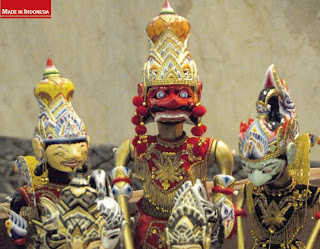 However, due to age considerations are already quite advanced, even Suherman Sunarya now no longer engaged in handicraft industry puppet show, and since 1997 has left the industry kerajianan puppet show for children was his son-named
However, due to age considerations are already quite advanced, even Suherman Sunarya now no longer engaged in handicraft industry puppet show, and since 1997 has left the industry kerajianan puppet show for children was his son-namedSabunga National Front.
Sabunga Barnas is a high school teacher whose life and family call now focus on managing and preserving traditional Sundanese arts and culture, the crafts industry puppet show that has been initiated since her father decades ago.
Under the leadership of the National Front, industry puppet show which was originally intended purely to preserve Sundanese art and culture, now professionally managed, so that step by step the industry can make a profit. Some of the benefits of the National Front was set aside to build a library and museum Giri Harja puppet show. Library building and a two-story museum is currently under penyelesaiaan stage.
In addition to producing crafts puppet show, Puppet Graha Big Giri Harja Golek also produces a variety of painting the work of the National Front's wife everyday living as art professor at Universitas Pendidikan Indonesia (UPI) Bandung. Various art works of the National Front's wife is now being displayed at the Graha Wayang Golek Big Giri Harja.
According to the National Front, Graha Wayang Golek Big Giri Harja now employs 34 employees. Barnas own home there are 16 employees, 12 of them working as a puppet and four others as the painting artisans.
With the help of 34 employees, the National Front with Graha Wayang Golek Big Giri Harjanya able to produce 100 units of puppets of various sizes every month. In addition to producing puppet performances, Graha Wayang Golek Big Giri Harja also produce small size as wayang puppet show for pencil, key chains and pens. The size of the biggest puppet show ever made is a puppet show human-sized.
Puppet show is usually made of wood raw materials or wood type lame Albasia. Both types of wood are deliberately chosen as raw material for the timber types are easily formed. Other raw materials used are paints and painting equipment which is usually a tool like a lot of spray paint used in painting workshops cars.
To maintain the supply of wood raw materials, Bernas claims to plant their own timber and wood Albasia lame in both the home and garden at the family owned land. Thus, the National Front had no difficulty in getting supply of wood raw materials for industry puppets goleknya.
In the processing industry was puppet show, the National Front is very nicely calculated in using wood materials. Thus, handicraft industry Giri Harja puppet show almost no waste, because all the wood materials can be used well into value added products.
Now many products made in Graha puppet show Puppet Big Giri Harja Golek been marketed to various regions of the country through outlets such as Sarinah, various outlets at the airport, a number of souvenir shops and art in Semarang, Surabaya, Bali and Batam. While exports to various countries carried out through third parties such as the United States, a number of European countries, Australia and Japan. Export activities carried out regularly every tiuga months.
Barna smengaku never promote handicrafts goleknya puppet to the buyer because it is often a lot of experience in order but can not be met because of production activities that can not be done in bulk. "Currently, we have a lot to get that many orders can not be met according to schedule a set time. Making puppet show in which we are already expected by the buyers, "said the National Front. ***
Information>
Graha Wayang Golek Big Giri Harja
Giri Harja No. 01.01 RT 18 Kelurahan Jelekong
Kec. BALEENDAH, Bandung 40258, West Java
Tel / Fax. (022) 5942200. HP. 081511125462
Email : Hafidz.hafidz@gmail.com





